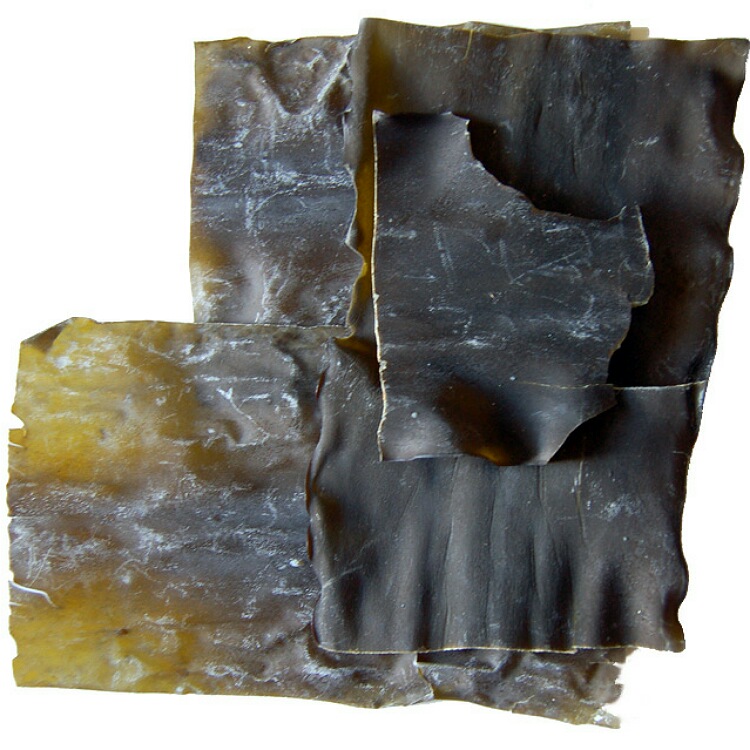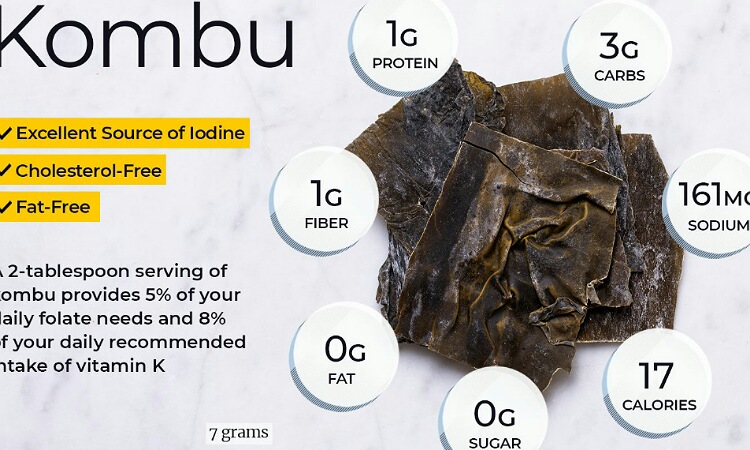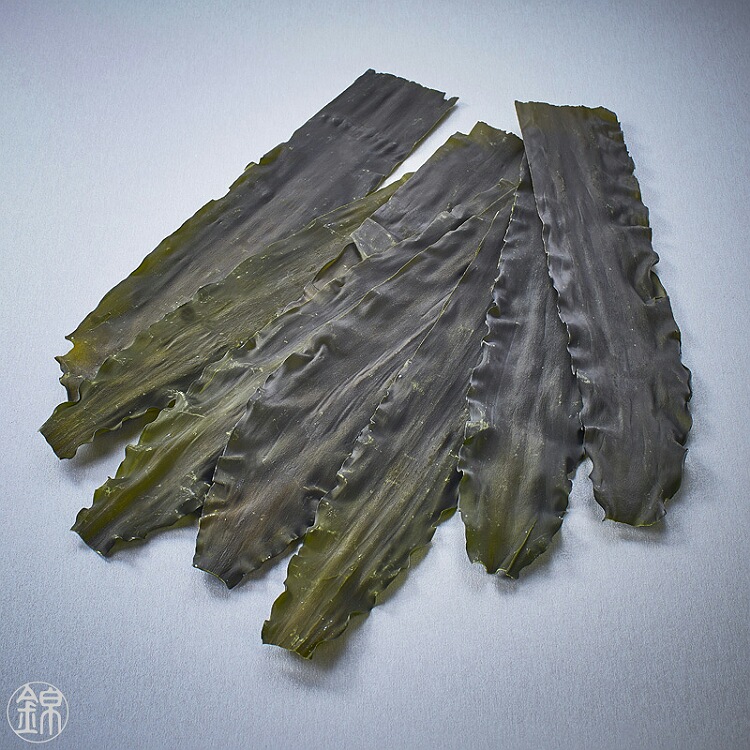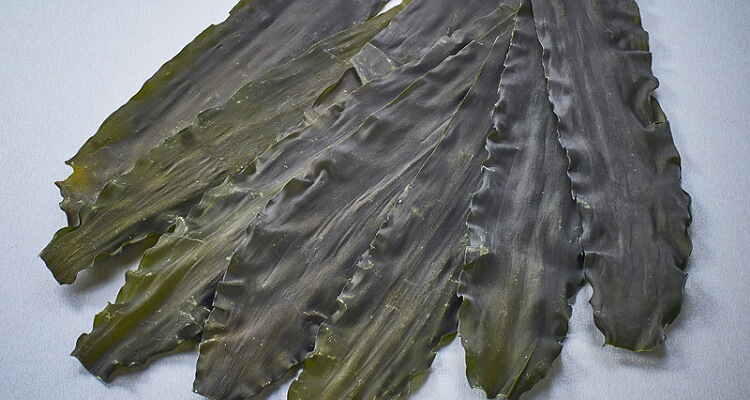Have you heard of Kombu? It is an alga that is edible and popular in Far Eastern countries such as Japan and China. What are its uses? How does it taste? Does it provide any health benefits?
Kombu: origin and description
Kombu is an edible type of algae. It has been in use in Japanese cuisine for over 1500 years. Besides Japan, China and Iceland also use it in their food dishes.
Another name for these algae is Kelp. These are large algae seaweeds that are brown. Their family is Laminariaceae in which there are 18 different species of algae.

The mention of these algae is present in some ancient Chinese documents. This was more used as an offering at that time.
It was during the Muromachi reign in Japan from 14th to 16th century that a drying technique came that helped keep the algae fresh for more than a few days. Japan also exported it at that time.
During the Edo period, its use in cuisine grew. It was due to the distinctive taste of kombu that the word umami came into existence in 1908. In the 1960s, the export of this food increased and it is now globally available at many supermarkets and shops around the world.
Uses and nutritive value
This food is eaten fresh or in its dried form and even as a powder. It forms the basis of many food dishes of Japanese cuisine such as dashi, a soup stock.
Additionally, one can pickle it with sour or sweet flavoring and eat it as a snack with green tea. It is also part of cooked beans and there are claims that it improves the taste, nutrition, and digestibility of beans. It is used as a seasoning for sushi rice.

This food is a good source of glutamic acid. This is an amino acid that provides the umami taste to it. It also has high levels of iodine.
It can lead to an iodine overdose if consumed in excess. Moreover, it has dietary fiber and also certain enzymes that can even break down the gas-forming complex sugars that the human gut cannot digest.
USDA states that 1/4 cup or 7 grams of kombu provides 17 calories, 3 grams carbs, no sugars, 1 gram fiber, 1 gram protein, 0 fats, and 161 mg sodium.
Also, it has calcium, magnesium, zinc, manganese, copper, and iron. It has good amounts of vitamin K and folate. Moreover, it also has some amounts of riboflavin, pantothenic acid or vitamin B5, and vitamin C.
Health benefits
This alga is a relatively inexpensive and eco-friendly source of protein, fiber, and other nutrients. It could form the base for the manufacture of seaweed-based functional foods to reduce the risk of heart ailments.
But there is some hesitancy currently in doing so because the nutrient levels of this seaweed vary depending on the location where it comes from and how it is prepared.

Also, read What is Kanten diet? Rationale, nutritional value, health benefits, weight loss!
Limited studies have shown that this seaweed could have a protective action against breast cancer. The algae also contain a vital antioxidant called fucoxanthin.
There are ongoing studies to evaluate the role of this carotenoid in obesity, diabetes, inflammation, body tumors, and heart and brain disorders. It might also have a role in liver protection.
